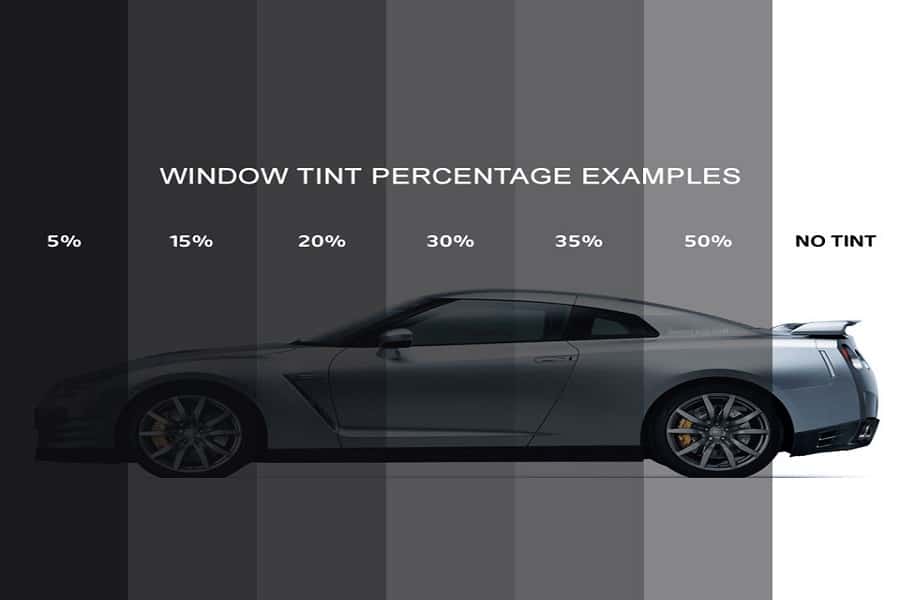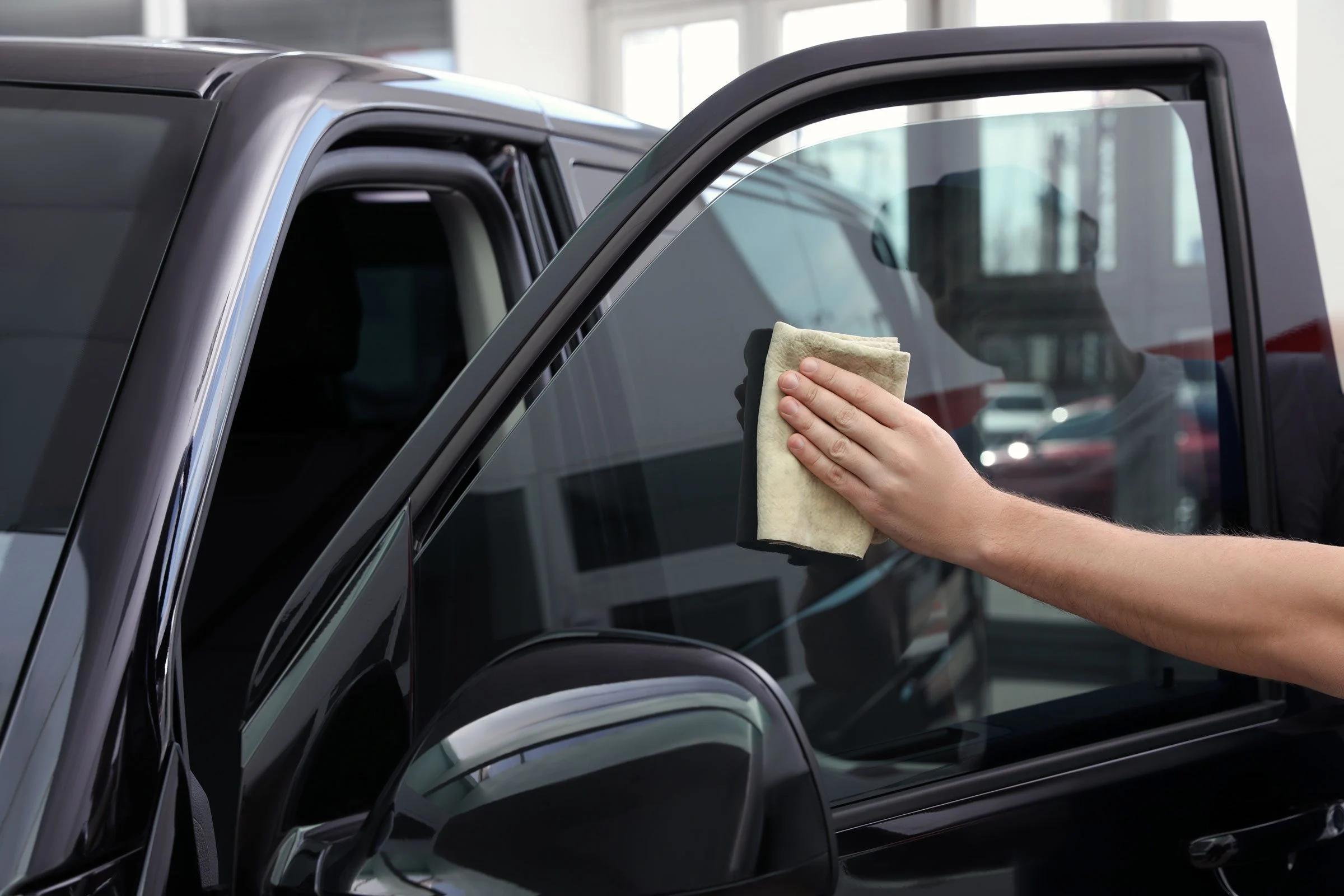
What is Window Tinting?
Window tinting refers to the process of applying a thin laminate film to a vehicle's glass in order to darken it. The reasons people choose to tint the windows of an automobile vary. These might include privacy or security; protection from UV rays including UVA, the ones responsible for causing skin cancer; and reducing solar gain (interior heat) and thus incrementally improving fuel economy; and cutting down on glare from the sun. Of course, there are purely aesthetic reasons as well for applying car window tint. It doesn't hurt that some people think that tinted car windows look cool, like celeb-style sunglasses for your car.
